Drones and printers and tubes, oh my!
Shipping, at its core, is about getting goods from place to another. Human beings have been moving things around ever since we floated giant slabs of granite down the Nile to build the Pyramids, but as technology has advanced, so have our ways of shipping things.
While most products move across our globe in planes, trains, and automobiles (and ships), there are folks out there working on new methods of shipping things, and if they succeed, they might change the entire shipping industry. (We feel obligated to point out that all of the methods mentioned below–while amazing–are in nascent stages.)
Let’s check them out!
1) Drones
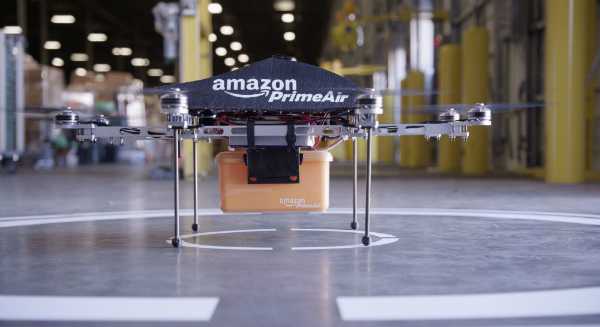
Last December, Amazon announced something called “Amazon Prime Air.” This service would integrate small drones with Amazon’s fulfillment warehouses so that customers would have another shipping method available to them: Amazon Prime Air. If a customer selected that method (only available on items under 5 lbs), their package would be brought to them by drone. While this method would no doubt be expensive, getting something you ordered online delivered to your door in 30 minutes would be an enormous draw for customers. (Plus it would be awesome.)
How feasible is it?
As things stand right now, Amazon Prime Air isn’t even legal. Late last month, Lakemaid–a Wisconsin-based brewery–was testing out a drone-based delivery system to get beers into the hands of thirsty fisherman on the ice of Mille Lacs Lake. Lakemaid created a cool YouTube video about the service…but that only helped the FAA find out about. They grounded the drones, as there are currently a number of regulations that prevent using drones for commercial purposes. (One of which boils down to: “Drones may not be used for commercial purposes.”)
The FAA is currently working on changing some of those policies, but it’s unlikely they’ll finish by 2015, and experts predict that we won’t be seeing these kinds of drones before 2017.
That being said, Amazon isn’t the only one to have this idea. According to Reuters, the United Arab Emirates’ government might have drones delivering small packages by the end of 2014. Even if they don’t, someone’s got to take advantage of the mobile nature of commercial drones sooner or later.

2) Hyperloop
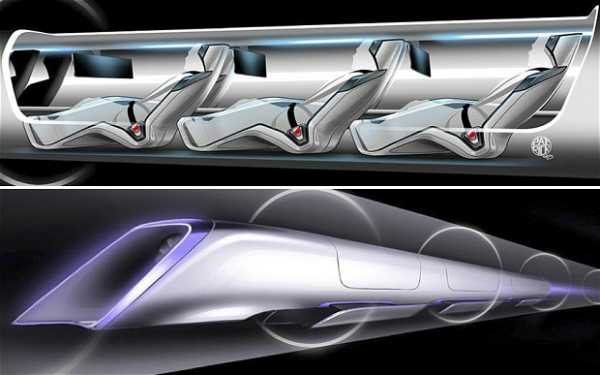
At the moment, Elon Musk’s Hyperloop idea is just that–an idea. Back in 2012, the man behind Tesla and SpaceX announced that he had an idea for a “fifth mode of transport” he called the Hyperloop. It wasn’t until the following year (back in August 2013) that Musk made the design document open to the public, and the world got to see what Elon had up his engineering sleeves.
The Hyperloop is made up of low-pressure tubes with capsules that float on air cushions–rather like an air hockey table. The concept is similar to a maglev train, except without the magnets. According to projections, the pods would be ale to travel at a top speed of 760 mph inside the tube, fast enough to take people from Los Angeles to San Francisco in a little more than half an hour.
How feasible is it?
At the moment, even that question is up for debate. Musk wouldn’t have proposed the thing if he didn’t think it would work, but a number of people have pointed out there are several issues with the skytubes. For one, the Hyperloop has to be exceedingly straight, as its passengers are traveling at exceedingly high speeds (so any curves would generate hefty G-forces). Then you have to take into account the cost not only to build the tubes and their pylons, but also the rights to the land on which they’re standing. (You also need to ask what happens if the power goes out when a car is halfway between stations, or if there’s an earthquake, etc.)
All things considered, though, there’s no reason the Hyperloop can’t be built. It doesn’t violate any fundamental laws of physics, and think of the potential! The regular Hyperloop is designed to move people, but in the same way a train can haul freight, so too can Mr. Musk’s sci-fi transport. And if it can move at 760 mph without upsetting people’s stomachs, it could probably go faster when moving things that don’t have stomachs (AKA the majority of consumer goods out there).
Imagine Hyperloop tubes stretching from major city to major city, like a second Age of Rail, transporting goods near the speed of sound…
3) 3D Printers
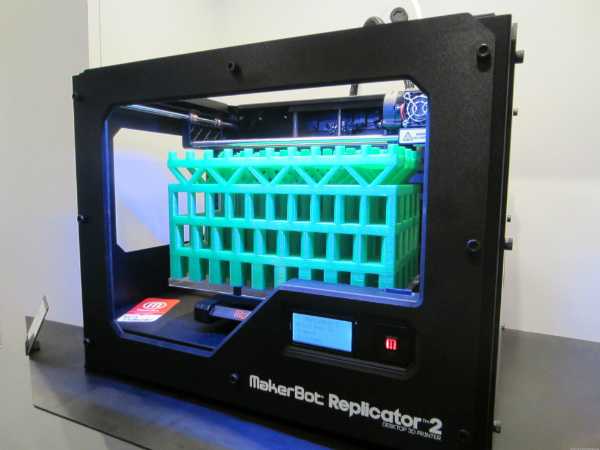
If delivery by drone or moving freight through enormous tubes wasn’t enough science fiction-turned-fact for you, how about 3D printers? Unlike normal machining processes, where lasers, drills or cutting blades remove material in order to make products, 3D printers allow engineers to build things with layer after layer of materials. But what does this mean for shipping?
At the moment, 3D printers are most popular with prosumers–people who buy the printers to use them professionally. So they’re gaining traction. (They even have an expo.) But think about how computers transitioned from being the tools of scientists to sitting in everyone’s back pocket. It’s not hard to imagine every house on the block with a traditional printer sitting next to a 3D one. Whether Susie needs a new pedal for her bike, or Bob needs to replace a plastic fitting inside his washing machine, they just dial up what they’re looking for in the 3D printer and press go.
How feasible is it?
Pretty likely, as it happens. People are using 3D printers every day, in every field from prostheses to sculptures to jewelry. And they’re only going to grow in popularity. As they do, companies will need to rethink their business strategies. Why will customers buy widgets from them if they can just print those widgets at home? (Though people who supply the raw materials for 3D printers will be sitting pretty.) If people want fast and free shipping, why won’t they want no shipping?
Some companies might allow consumers to access to blueprints for their products, perhaps with some sort of IP protection–you’re only allowed to print of so many plastic pieces for your bike, for example–not enough for the whole neighborhood. But somebody out there is going to publish a free version of those blueprints, and that’s something you’ll need to consider.
In any case, 3D printers are already here and they’re already being used.
Any of the previous technologies could change the shipping industry if they become widespread, but exactly how much (and whether they’ll actually become widespread) is an open question. Are there other technologies out there that we should be aware of?
Be sure to let us know in the comments below, or on Twitter @ShipEdge.


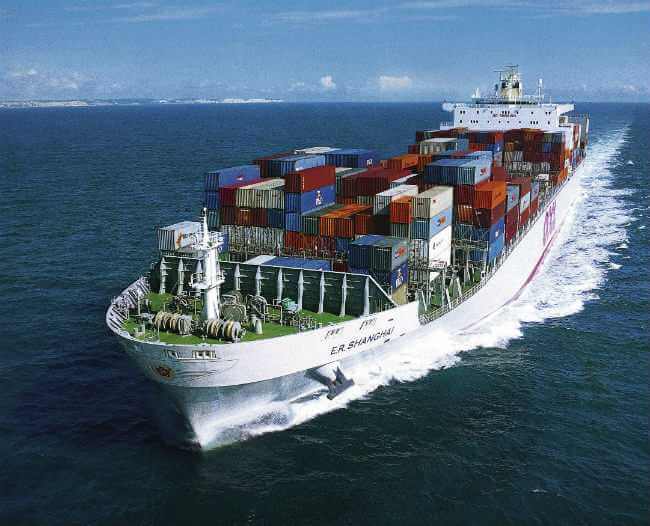


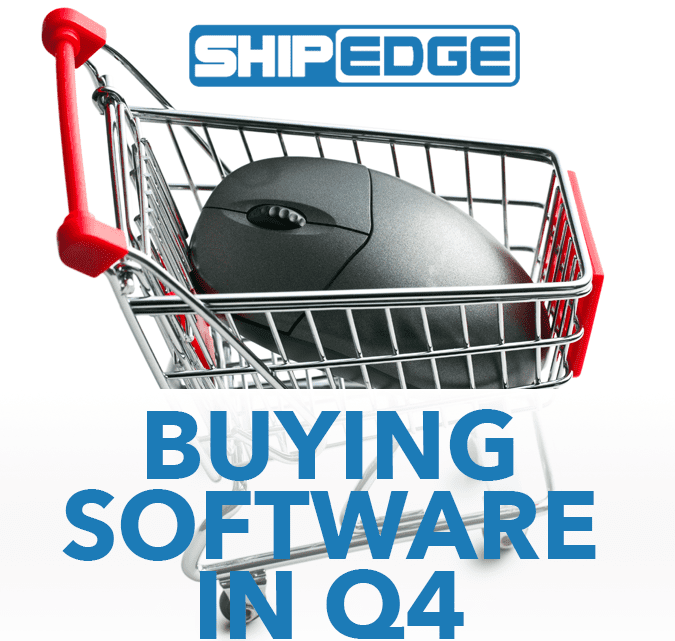
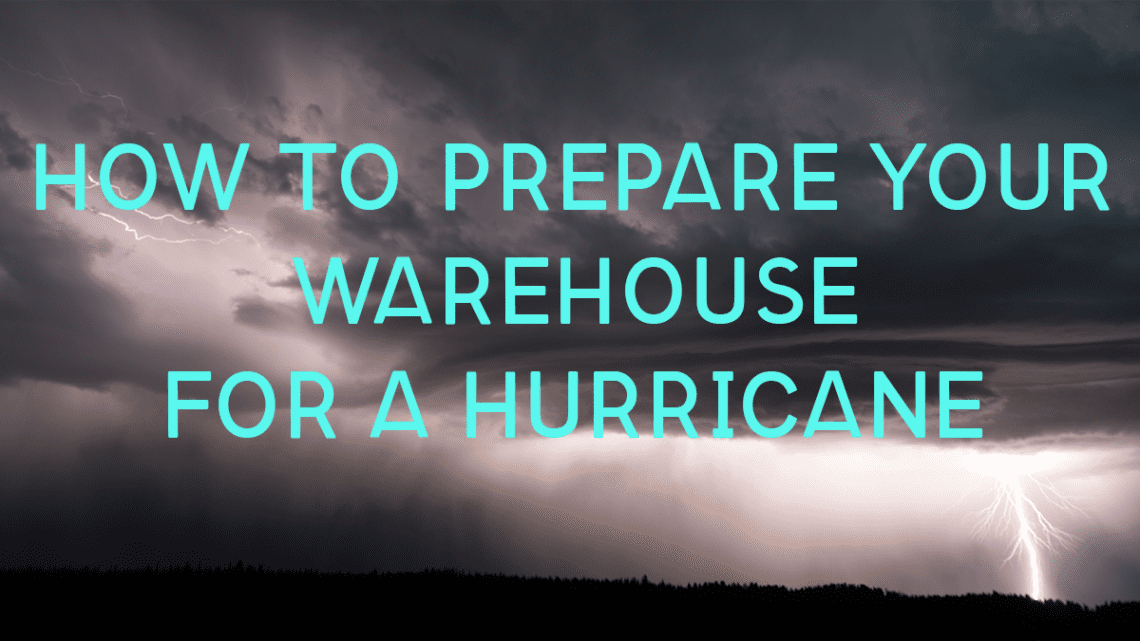

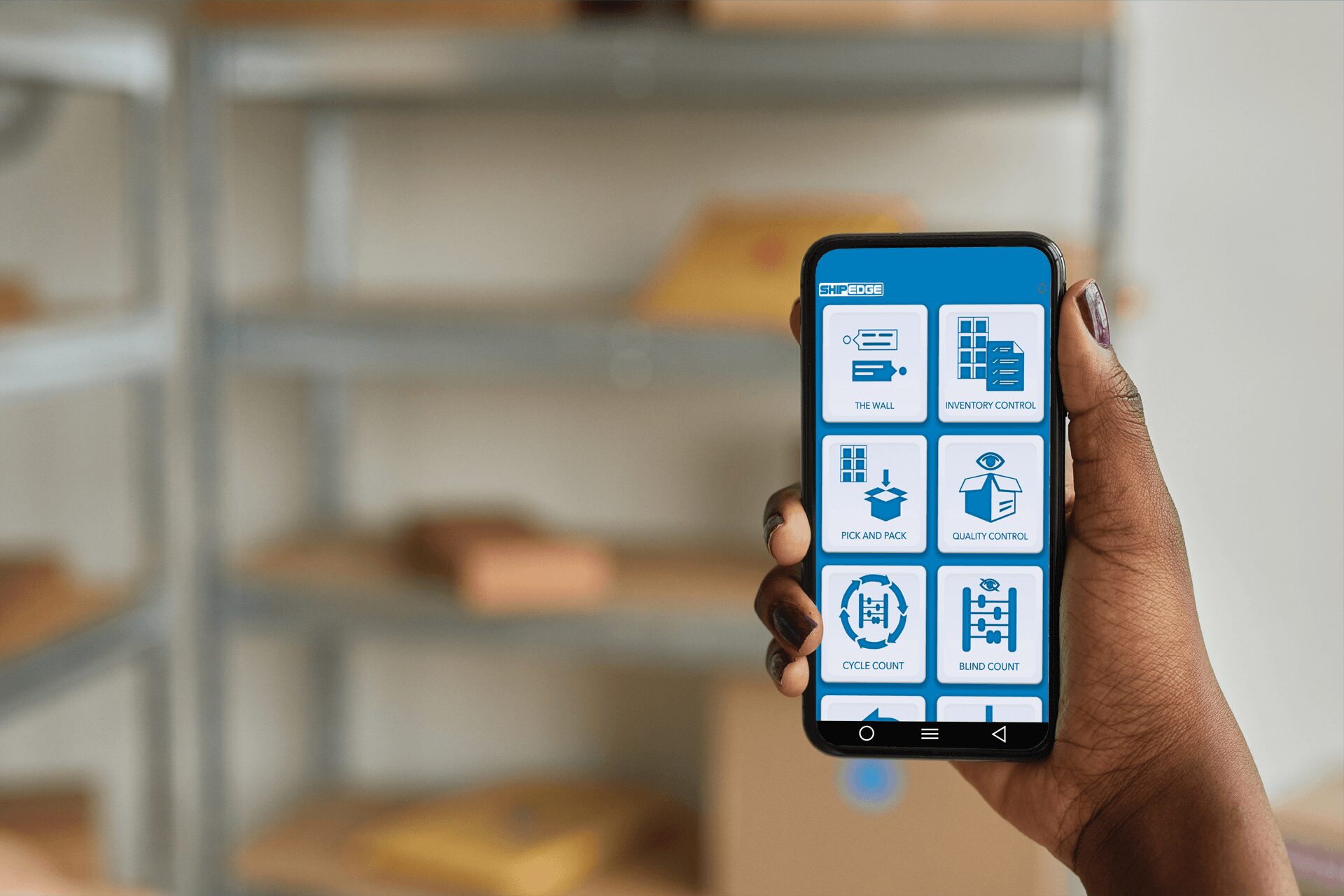
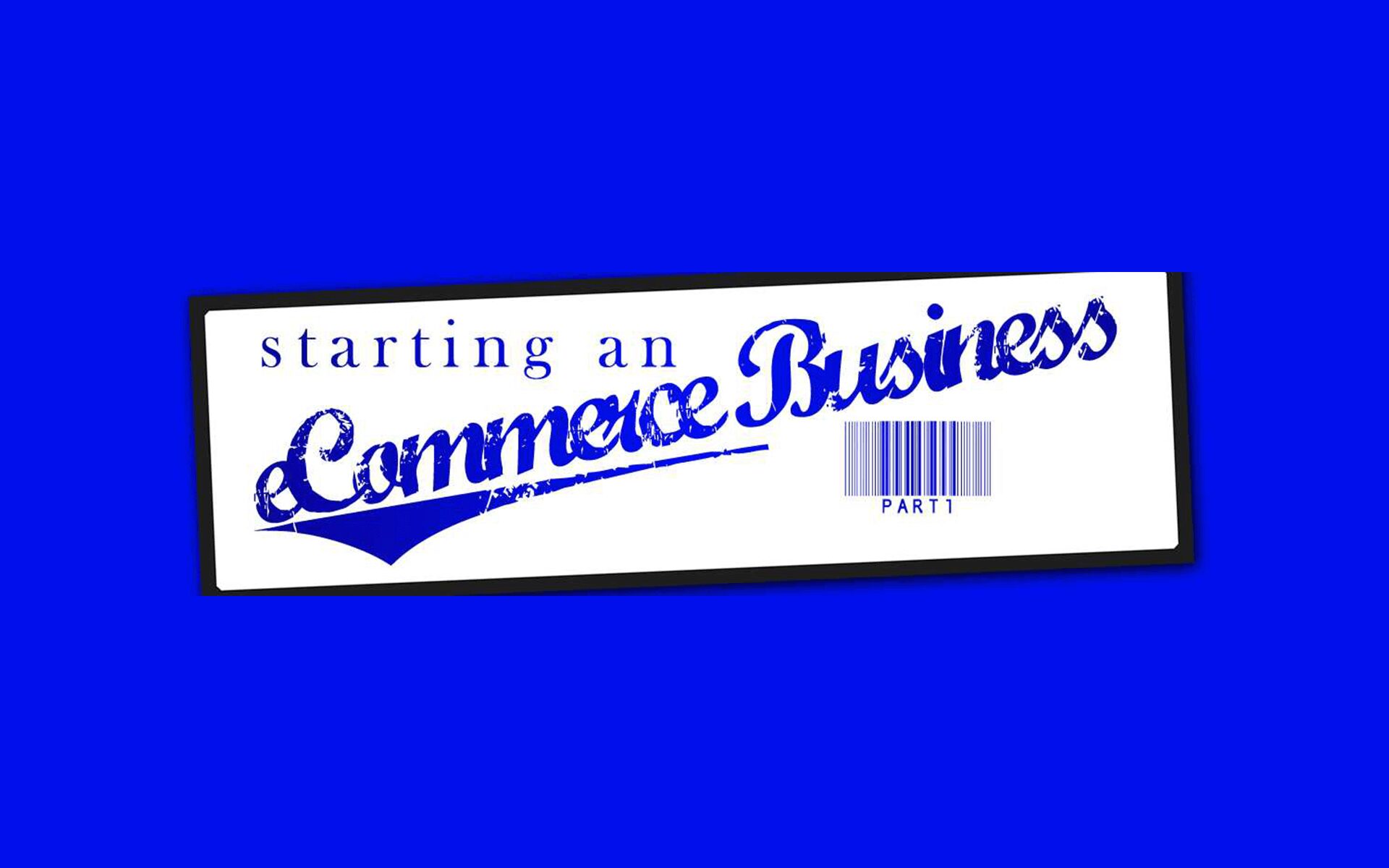

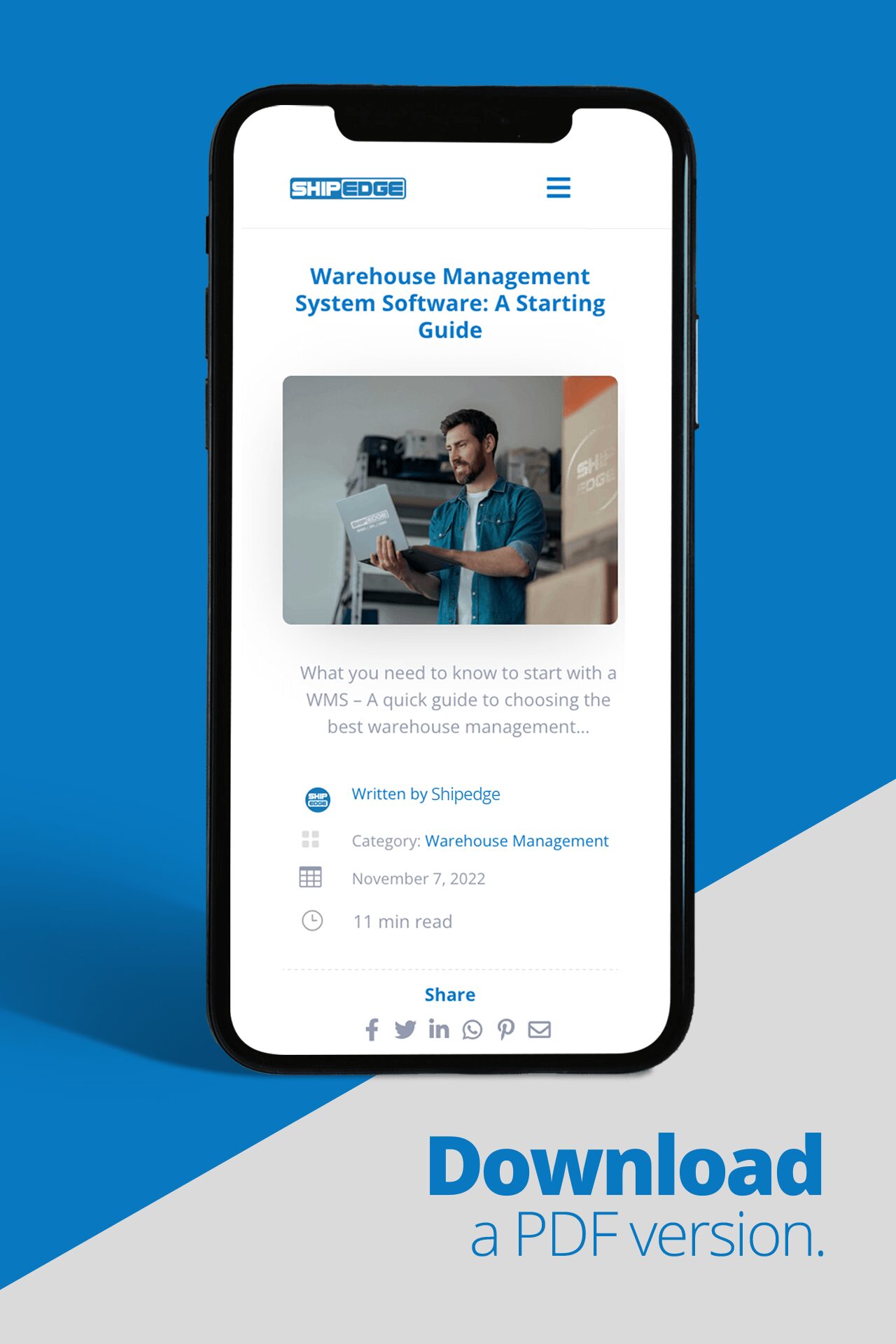
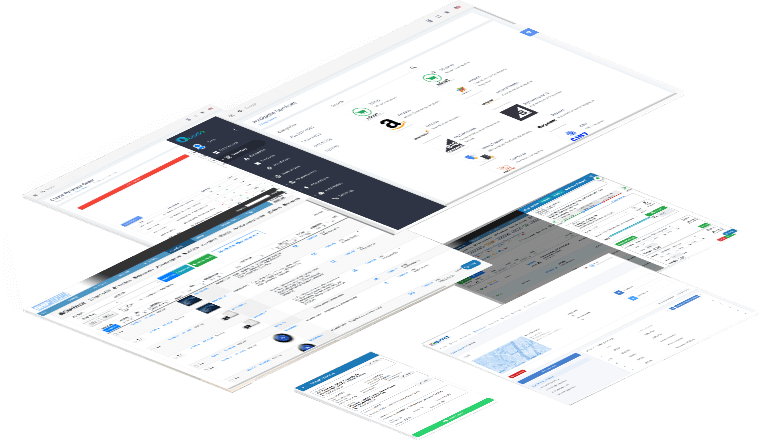

0 Comments